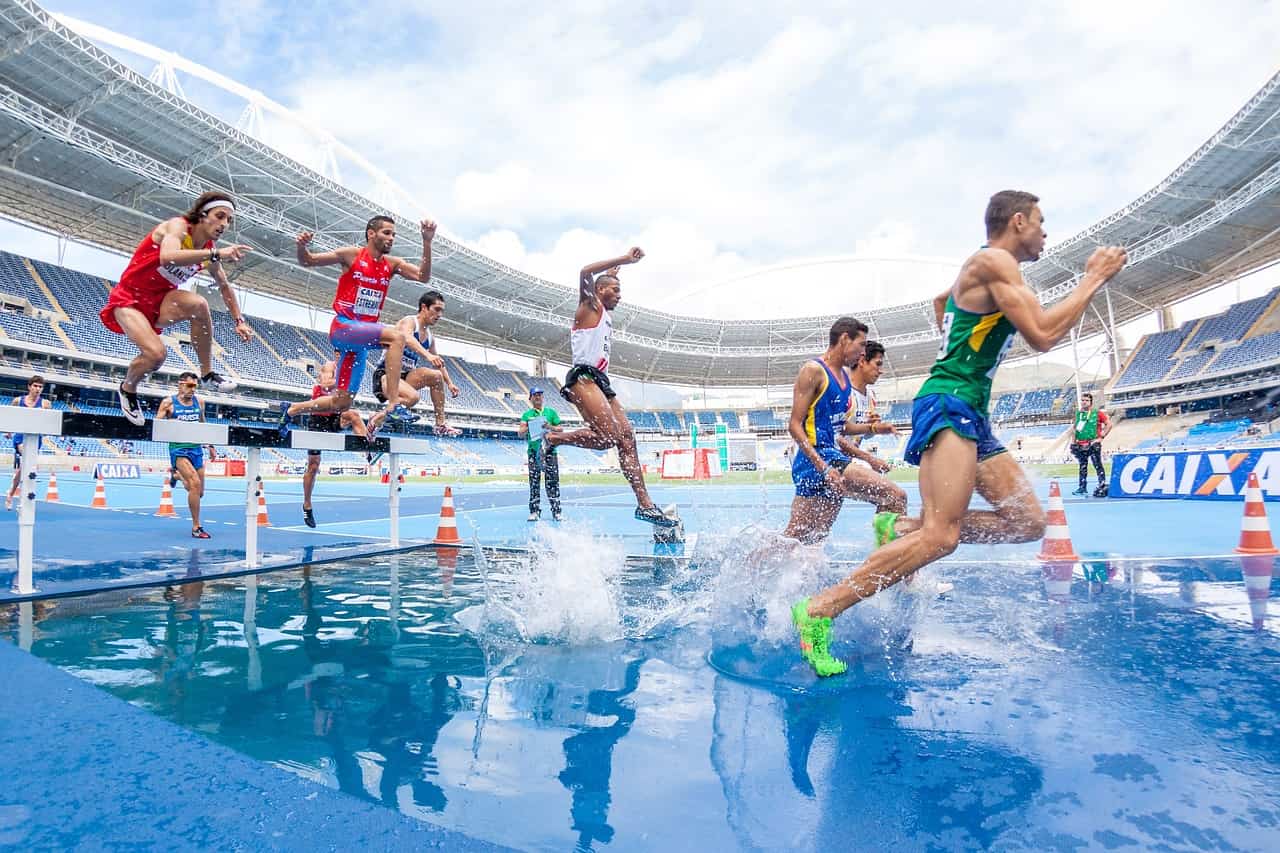It’s no surprise that nutrition plays a key role in the training regime of athletes. Having a proper diet can make a big difference in their overall performance. Now, a new study is suggesting that regularly eating a wide array of colorful fruits and vegetables could improve an athlete’s visual range – a significant advantage in any competitive sport.

The study looks at the impact of macular pigments, a set of plant compounds that build up in the retina, on enhancing eye health and optimizing visual function. Previous studies found that eating certain foods like yellow and orange vegetables, which have high levels of plant compounds lutein zeaxanthin, can improve eye and brain health.
“A lot of the research into macular lutein and zeaxanthin has focused on health benefits, but from a functional perspective, higher concentrations of these plant pigments improve many aspects of visual and cognitive ability,” Jack Harth, study author said. “In this paper, we discuss their ability to improve vision and visual range.”
Improving visual range
Visual range, which determines the clarity of a target over distance, holds immense importance for elite athletes across various sports. One contributing factor to the phenomenon of objects becoming increasingly difficult to perceive and appearing blurred as they move farther away from our eyes is the influence of blue light.
From a center fielder’s perspective, if that ball’s coming up in the air, it will be seen against a background of bright blue sky, or against a gray background if it’s a cloudy day. Either way, the target is obscured by atmospheric interference coming into that path of the light,” said Harth, a doctoral candidate at the University of Georgia.
Many athletes already adopt strategies such as using eye black or wearing blue blocker sunglasses to minimize the impact of blue light. However, Harth believes that incorporating lutein and zeaxanthin-rich foods can enhance the eye’s natural ability to handle blue light exposure. These compounds accumulate as yellow pigments in the retina.
Previous research conducted in the 1980s focused on evaluating the visual range capability of pilots. More recent studies by Bill Hammond, one of the authors of this new study, have further explored the correlation between macular pigment density (the amount of yellow pigment present) and various measures of eye health and functional vision tests.
“We have shown that increasing amounts of lutein and zeaxanthin in the retina and brain decrease glare disability and discomfort and improve chromatic contrast and visual-motor reaction time, and supplementing these compounds facilitates executive functions like problem-solving and memory,” Hammond said in a media statement.
This new study provides updated research on the connections between macular pigment and functional vision, while also exploring the implications for optimizing athletic performance. While the researchers said the way our bodies absorb and use lutein and zeaxanthin varies from person to person, they believe the findings are reason enough to add more color to our diet.
The study was published in the journal Exercise and Sport Sciences Reviews.






